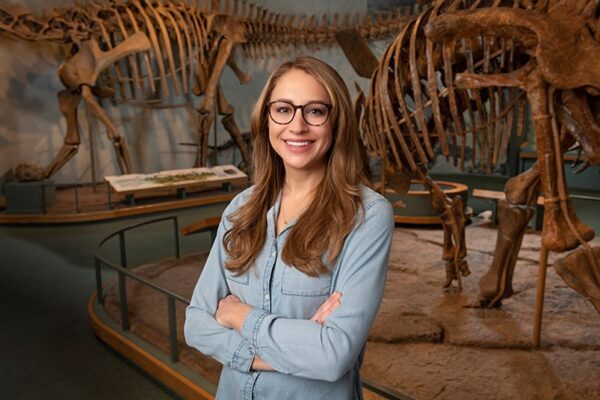
Science Moab: Understanding Life in the Triassic with paleontologist Randy Irmis (podcast)
Science Moab recently spoke to paleontologist Randy Irmis. Randy teaches at the University of Utah in the Department of Geology and Geophysics, and is the curator of paleontology at the Natural History Museum…










